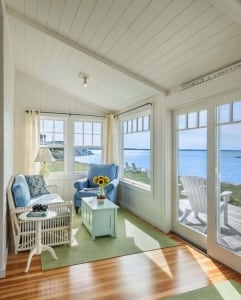
The history of sunrooms dates back to 18th century, when they first appeared in Europe. Made of iron frame and large glass panels, these were called conservatories and were used for growing plants. Today there are a few variations of sunrooms, each of which serves a slightly different purpose, has its advantages, as well as shortcomings.
All types of sunrooms are designed to let in more sunlight, grow plants, create an additional living space that would serve as a retreat area, while protecting from outside disturbances such as bugs, dust and noise, as well as the elements.
Any type of a sunroom is an excellent way of boosting the market value of your home and attract potential buyers, in case you are planning to sell it. Overall, sunrooms are an addition that no homeowner will regret investing in.
There are many aspects involved in choosing the type of a sunroom that will serve you best. First of all, you need to decide what will be its main function – growing plants, creating an additional space to relax after a hard workday or enjoy the feeling of being connected with the outside world even when it’s too cold or too wet out there. Second, each type of a sunroom will require a different budget, so you need to plan that ahead in order to avoid unpleasant surprises associated with unplanned expenses.
After all the planning is done, you can proceed with choosing the sunroom that will meet all your criteria, as well as your budget limits.
Types of sunrooms in terms of insulation
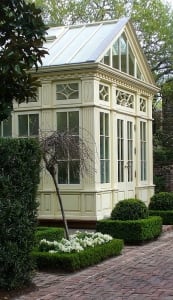
Greenhouses, conservatories, solariums and patio rooms are most often three-season sunrooms, that are built with low-performance glass panels, poor or no insulation and generally a glass roof.
Patio rooms are quite popular in warmer regions of the United States, where an all-season sunroom is not required. However, with some modifications such as higher performance double-glazed glass or transparent thermoplastic panels and better insulation with thicker styrofoam, patio rooms can be transformed into an all-season living space with excellent insulation and protection from the elements. Another way to add more protection and insulation is to choose a shingle roof instead of a glass one. While modern technologies of glass manufacturing allow to produce very high quality glass, it will not give a 100% protection from cold in winter and heat in summer. Shingle roofs have another advantage: they are less expensive than high quality glass roofs. However, they have a shortcoming too: an opaque roof will block the sunlight, so a sunroom with such a roof will require additional lighting.
Three-season sunrooms usually require a fully functional sturdy door between the main living space and the sunroom, because they do not provide any insulation.
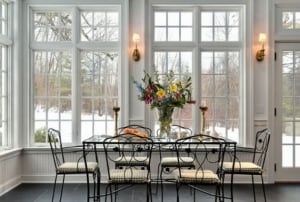
Types of sunrooms in terms of their structure
Whether your sunroom will be an all-season or a three-season one, will depend on your needs, budget and preferences. However, the structure of the sunroom will greatly depend on the overall design of the house that it will be added to and how well it will fit in, as well as the location of the sunroom. The main structural types of sunrooms can be grouped down to the following:
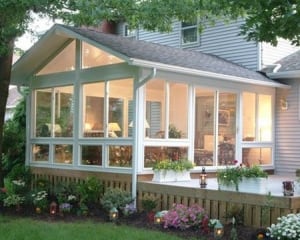
Studio or shed sunrooms have a single panel roof that is pitched away from the main wall it is attached to. This is also an easily modified structure. Depending on your needs, some of the glass panels can be replaced by screens to provide more air circulation.
Conservatories have a multi-segmented roofs with either glass or thermoplastic panels, separated by aluminum, PVC or wood beams. These sunrooms usually have knee walls that can have the same design as the main house, so they will look very nice and flawless. Conservatories have originated as a place to grow plants indoors, though with the modern materials they may have additional functions. They can be constructed ei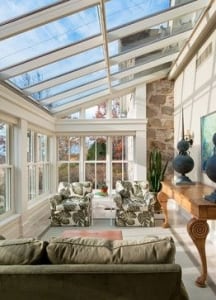
Solariums are sunrooms with a glass or thermoplastic roof that smoothly transitions into the glass wall, creating a feeling of continuity. The main purpose of solariums, as the name suggests, is to allow a lot of sunlight into the space.
Choosing the right type of sunroom structure is not an easy task and it will require a lot of planning. However, if you have already decided to enhance your living space with an addition of a sunroom, you can leave the hard part on the professionals who are always ready to help make your project as comprehensive and easy as possible.

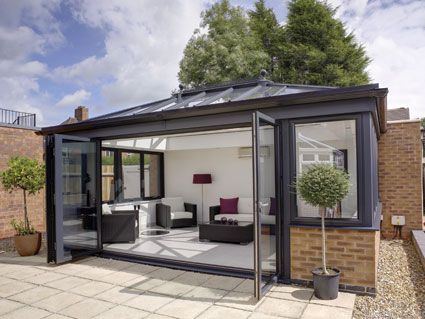
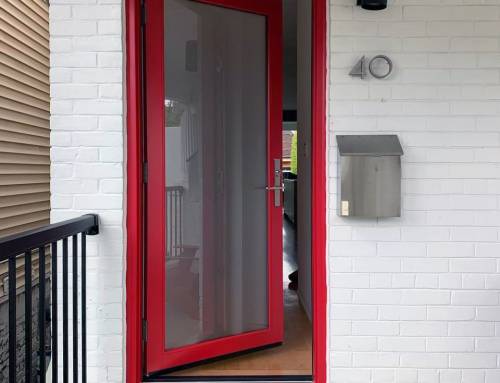
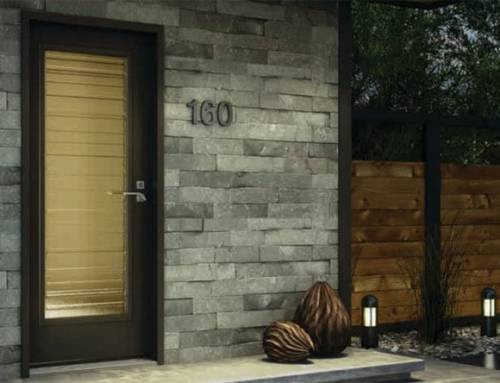
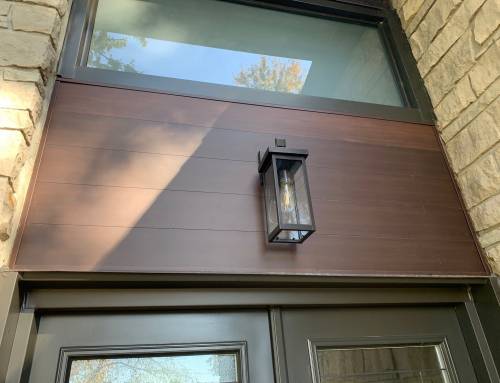
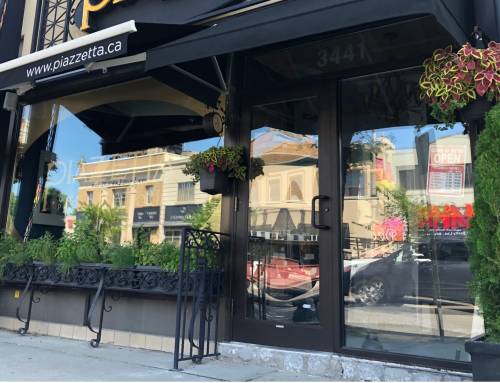
Leave A Comment
You must be logged in to post a comment.